The Sportswear Market is currently characterized by intense competition and rapid evolution, driven by a confluence of factors including consumer demand for performance-oriented apparel, sustainability initiatives, and technological advancements. Major players such as Nike (US), Adidas (DE), and Lululemon (CA) are strategically positioned to leverage these trends. Nike (US) continues to focus on innovation, particularly in sustainable materials and digital engagement, while Adidas (DE) emphasizes its commitment to eco-friendly practices and collaborations with high-profile designers. Lululemon (CA), on the other hand, is expanding its market presence through community-driven initiatives and a strong emphasis on wellness, which collectively shapes a competitive environment that is increasingly focused on brand loyalty and consumer engagement.
Key business tactics within the Sportswear Market include localizing manufacturing to enhance supply chain efficiency and reduce lead times. The market structure appears moderately fragmented, with a mix of established brands and emerging players vying for market share. The collective influence of key players is significant, as they not only set trends but also drive consumer expectations regarding quality, sustainability, and innovation.
In August 2025, Nike (US) announced the launch of its new "Move to Zero" initiative, which aims to achieve zero carbon and zero waste across its supply chain. This strategic move underscores Nike's commitment to sustainability and positions the brand as a leader in environmentally responsible practices. By integrating circular economy principles into its operations, Nike (US) is likely to enhance its brand equity and appeal to environmentally conscious consumers.
In September 2025, Adidas (DE) unveiled a partnership with a leading technology firm to develop smart textiles that adapt to the wearer's body temperature and activity level. This innovative approach not only enhances performance but also aligns with the growing consumer interest in personalized fitness solutions. Such advancements may provide Adidas (DE) with a competitive edge in a market increasingly driven by technological integration.
In October 2025, Lululemon (CA) expanded its product line to include a new range of eco-friendly yoga mats made from sustainable materials. This initiative reflects the brand's ongoing commitment to sustainability and its strategy to attract a broader audience concerned with environmental impact. By diversifying its product offerings, Lululemon (CA) is likely to strengthen its market position and appeal to a growing demographic of eco-conscious consumers.
As of October 2025, the Sportswear Market is witnessing a pronounced shift towards digitalization, sustainability, and the integration of artificial intelligence in product development and consumer engagement. Strategic alliances are increasingly shaping the competitive landscape, enabling brands to pool resources and expertise to innovate more effectively. Looking ahead, competitive differentiation is expected to evolve, with a marked transition from price-based competition to a focus on innovation, technology, and supply chain reliability, thereby redefining the parameters of success in this dynamic market.


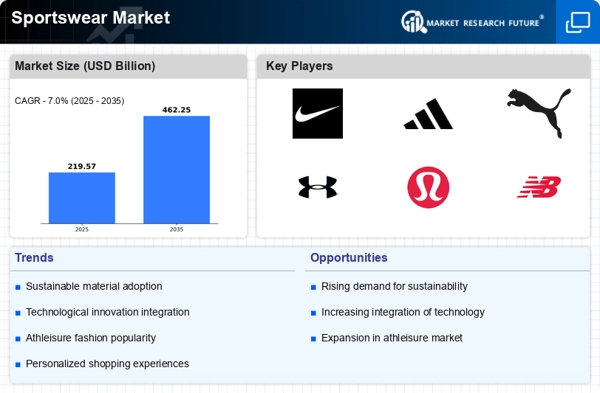
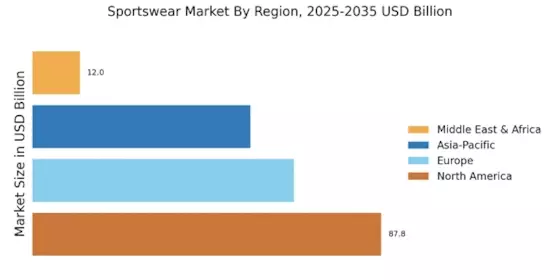
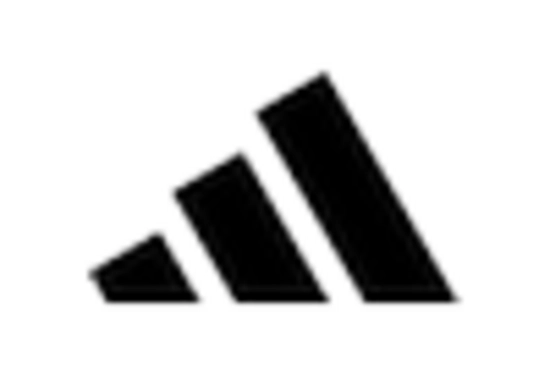
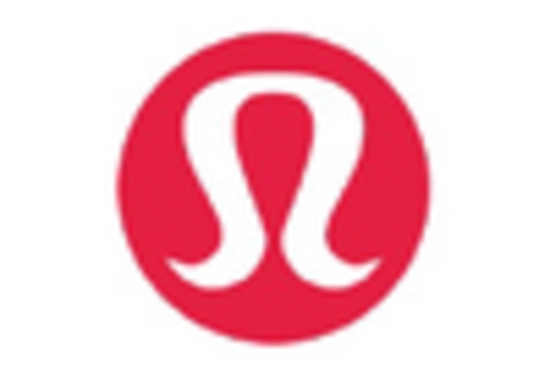
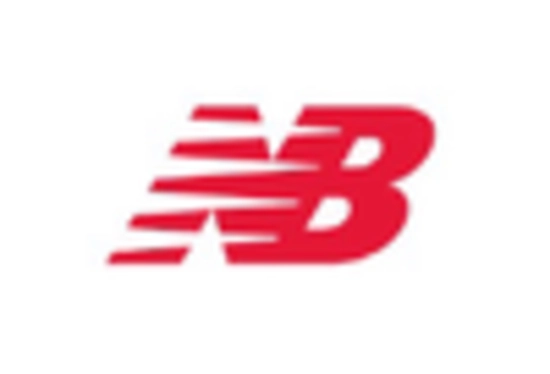
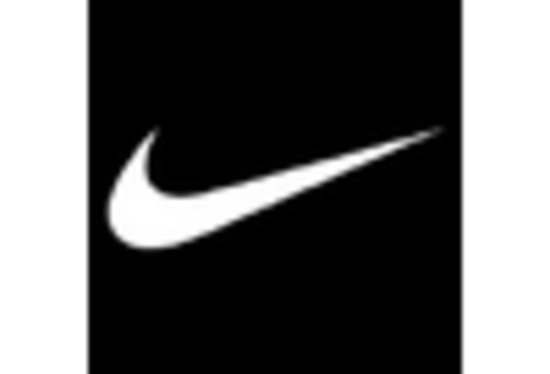
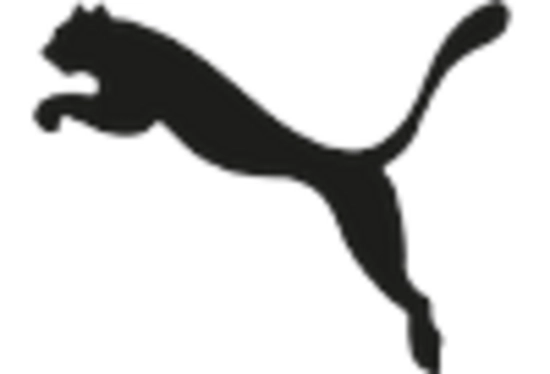
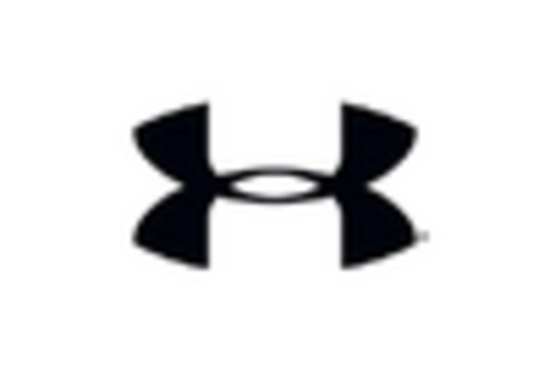








Leave a Comment